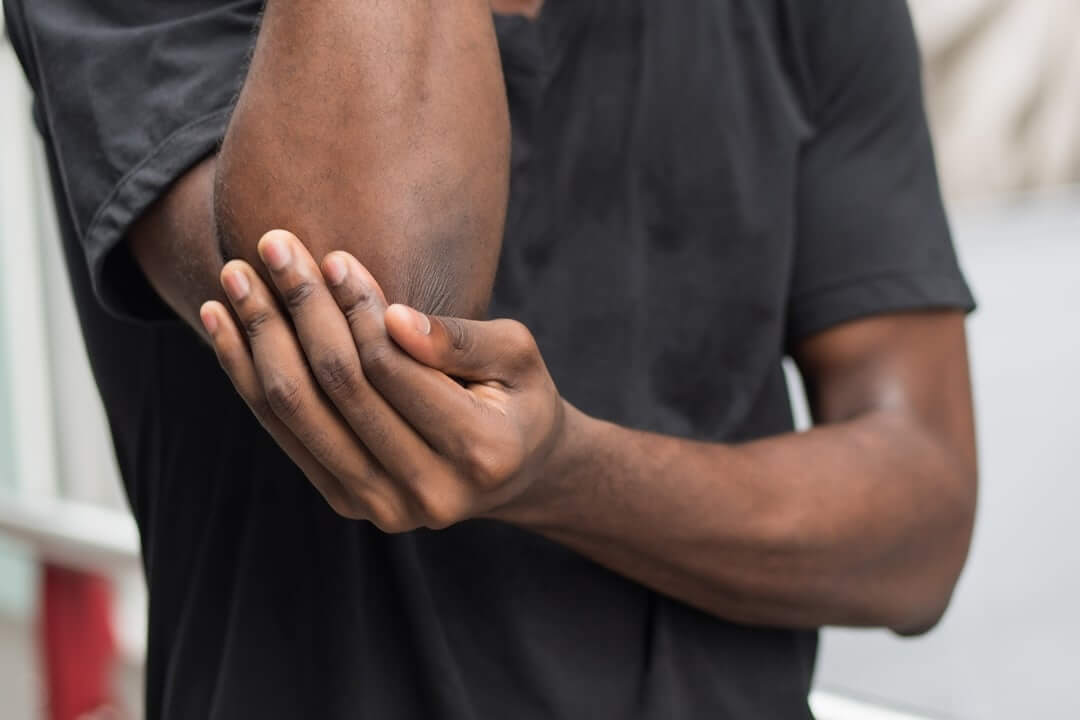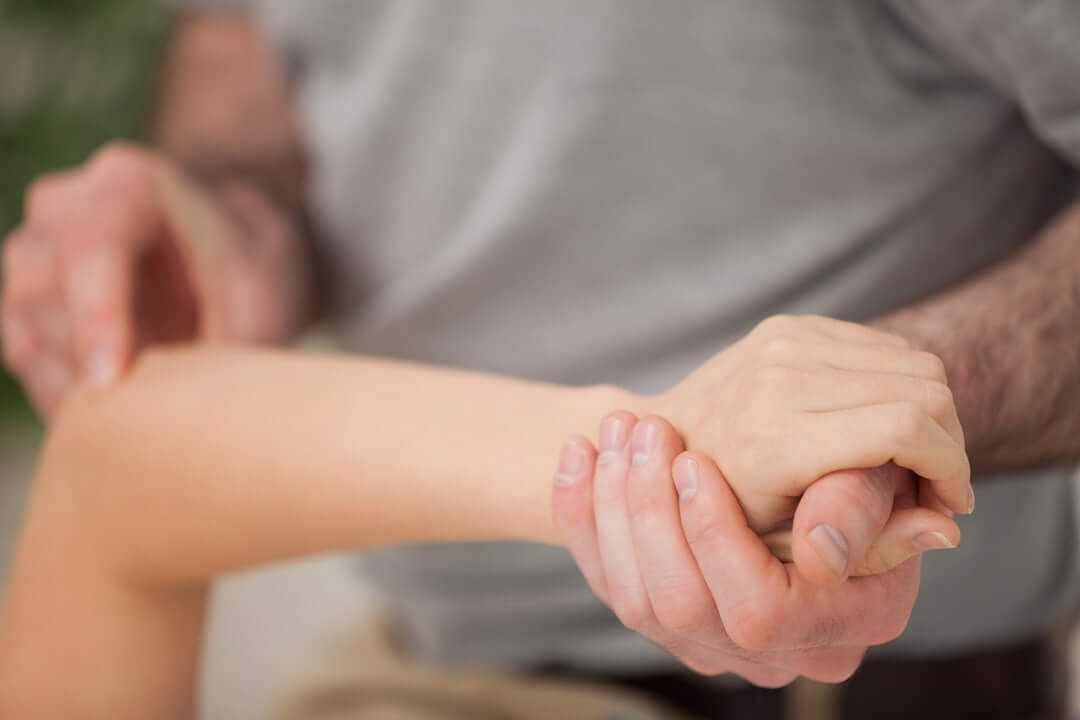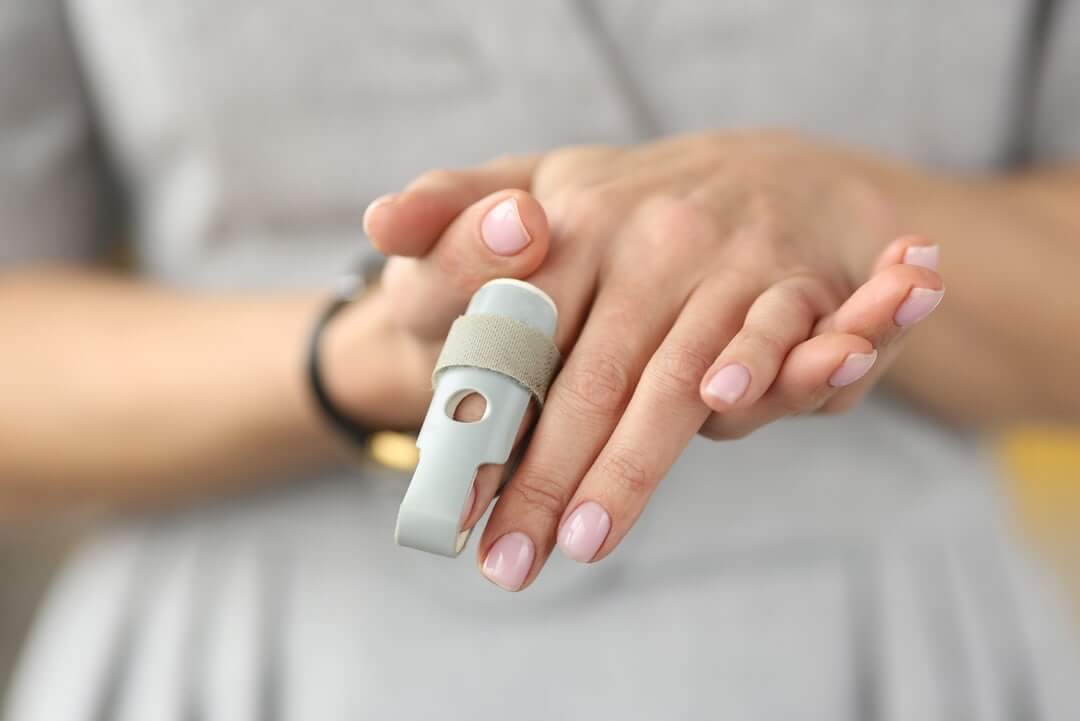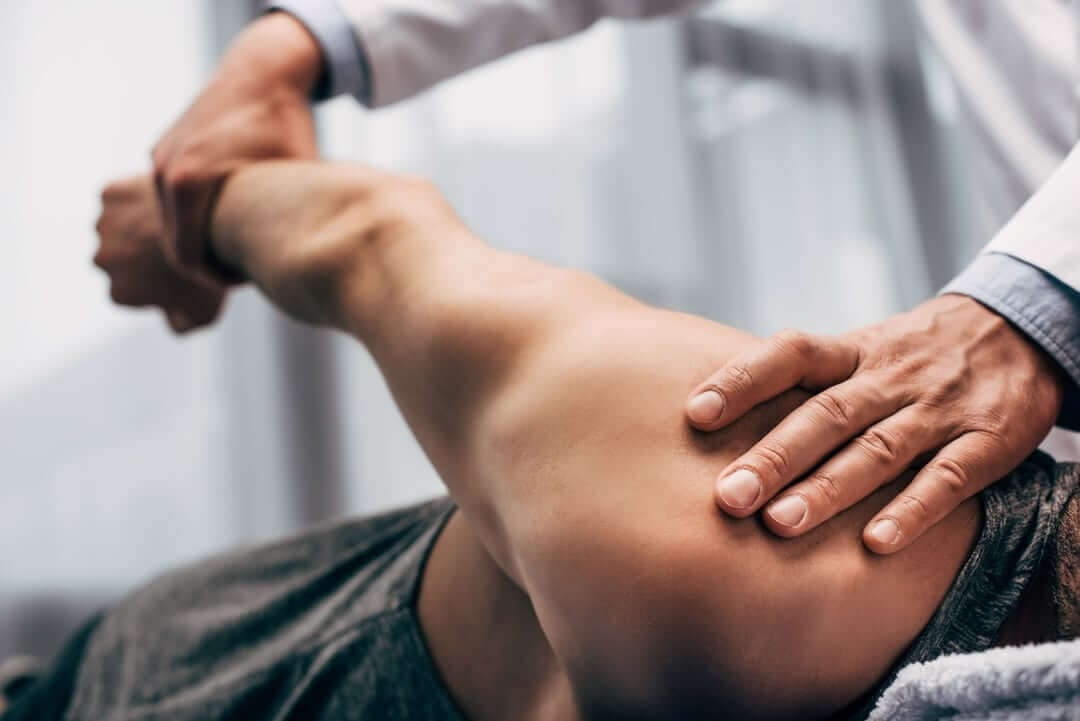The Hands Physio recognises that pain is very debilitating, and experiences are individual to each person. Our hand therapists have several, well-researched approaches to managing chronic, acute, and sympathetic pain.
Acute pain is when the body is working to heal structural tissue damage. Everything is done to ensure structural and mechanical integrity if maximised of the injured tissues. For example, we may work to decrease swelling, improve muscle length, remove compression of nerves, correcting joints and muscles mechanical issues, heat, massage, stretches, restoring correct posture.
Chronic pain is when pain is experienced six months or longer since the tissue damage occurred.
Sympathetic pain is when the pain remains out of proportion to the initial injury and is present with autonomic tissue changes. Increased hair growth, sweating, discolouration, and dryness are some examples.
As pain is individual, especially chronic and sympathetic, our management of pain is customised to each patient to see what works for them. Usually, several hand therapy treatments are performed together:
Our strength is in Diagnosis, Education and Custom Treatment Programs.
Every individual is assessed thoroughly and given an accurate diagnosis from their history and initial presentation of symptoms. Progress is re-assessed around three weeks to confirm diagnosis. If an injury is not tracking as expected from normal tissue healing time frames and there are no reasons for lack of progress, consultation with the team happens to check diagnosis and progress is accurate.
Injuries are explained in detail to each patient. Diagrams are drawn and photos of conditions are given. Patients are encouraged to ask questions, so they are fully informed of their condition or injury. Expectations like when to return to work, sport, music, and driving are given. Our therapists come alongside the patient to develop individual treatment programs, set up in conjunction with the patients’ goals and expectations.
Every patient contributes to their treatment program and what they are able to do, so they are actively involved in their rehabilitation.

Acute pain is when the body is working to heal structural tissue damage. Everything is done to ensure structural and mechanical integrity if maximised of the injured tissues.

Most wounds recover in the repair phase of healing. Our therapists look after your wounds by providing dressings that are applied with a sterile technique to avoid infection.

Joint mobilisation involves moving the joint back and forth in small oscillating movements further and further into range to restore the joints normal movement.

Massage helps to improve blood supply to the injured area, helping you recover faster.

Exercise is the body’s natural way of restoration to improve stability, mechanics, strength and movement to an injury. Whether the injury is from overuse, trauma, disease or surgery exercises are necessary to restore function.

Stretching is extremely beneficial for our joints, muscles and tendons. Not only do they help prepare your body work/exercises they ensure you are working at your optimum energy efficiency.